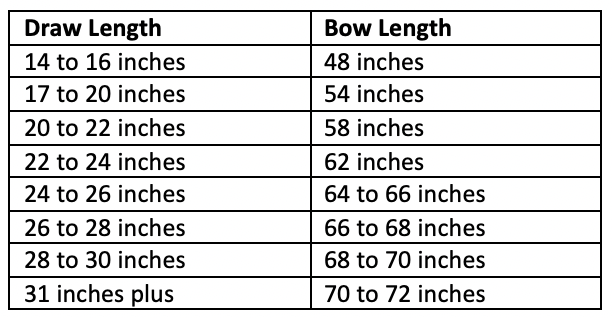So you want to take up archery, eh?
Yes it’s a fun sport the whole family can share, but it’s also best learned with professional help. You must ensure you’re properly equipped equipment and that you know how to use your gear correctly. Experts at your local pro shop can help.
To find the closest archery shop, turn to Archery 360. You can search its directory of shops and ranges by zip code right here.
TAKE LESSONS
As you check out nearby shops, learn which ones offer lessons for beginners. Archery is best learned by understanding basic information about safety, equipment and range etiquette, all of which will help you advance.
You’ll learn how to nock an arrow onto the bowstring, draw the bow, anchor consistently and release smoothly. Those skills are archery’s foundation. If you don’t get them right, your growth in the sport will suffer.
If you don’t already know your bow preference, try shooting compound bows and recurve bows before deciding which one you want. It’s best to pick one or the other before buying accessories. As you advance, you can always add or switch to another bow style later.
Whichever bow you choose, your gear must fit you. This is where archery pros are invaluable. You can pull any bow to full draw and fling an arrow, but that doesn’t mean the bow is the right size, length or weight for you.
FIND THE RIGHT DRAW LENGTH
It’s vital that your bow fits your draw length and draw weight. Draw length is the distance you pull the bowstring to reach full draw. At full draw, your bow arm is fully extended in front of you, and the arm pulling the bowstring is bent at the elbow, with the hand near the back of your jaw. Picture that you’re looking down at you from above. You should be able to draw a straight line from the bow, through your bow hand and arm and across your shoulders to the elbow’s point on your string arm.
Here’s how to determine your draw length. Stand up straight and raise your arms outward to shoulder height on both sides. Don’t stretch. Just raise your arms straight. Have someone measure the span from the tip of one middle finger to the other. Divide that distance by 2.5 to calculate your draw length.
When you visit a bow shop, you need a bow with a draw length close to that distance. An instructor at the pro shop can then watch you shoot and pinpoint your exact draw length.
Compound bows come in many lengths and adjust mechanically to fine tune your draw length. All you have to do is find a bow that can be adjusted to your draw length.
Recurve bows come in different lengths that are generally specific to defined ranges. Therefore, once you know your draw length, look for a recurve bow with that specific length. Follow this basic chart:

WHAT DRAW WEIGHT IS BEST?
A draw weight that’s too heavy can frustrate archers, and possibly cause injuries or bad habits that hinder progress or make them quit. Therefore, beginners must be careful not to “overbow” themselves. That is, their draw weight must not be too heavy for their abilities.
Shooting a bow requires archers to coordinate muscles in their arms, shoulders and back to draw and hold a bow while aiming. That’s why new archers should start with low draw weights to build that strength and coordination.
You should be able to draw the bowstring comfortably, and hold it at anchor a few seconds without shaking. Whatever that draw weight might be, it’s a good place to start. Then, as you shop for a bow, you must consider what your eventual draw weight will be.
A compound bow’s draw weight is the peak poundage required to draw it. The draw weight of recurves and longbows is the poundage on the bowstring when the bow is drawn to 28 inches. Some compound bows let you adjust the draw weight from 5 to 70 pounds. Others come in 10-pound increments, like 50 to 60 or 60 to 70. If you need to start at 30 pounds, but hope to one day shoot 65 pounds comfortably, consider buying a bow with a wider adjustment range.
Many recurve bows let archers change limbs to try different draw weights. Other recurves can’t adjust at all. To shoot a different weight, archers must buy a different bow. Think about those options when trying different models.
CHOOSING BOW ACCESSORIES
Bow accessories can be simple or complex. You can shoot a bow with no accessories, or you can add a sight, peep, stabilizers, kisser button or arrow rest. Consult your archery pro while deciding what to add to your bow.
As you venture into archery, by all means, ask questions and seek help. That’s why experts work at pro shops. They want to help. With their guidance, you’ll soon be on your way to a lifelong love affair with the bow and arrow.




